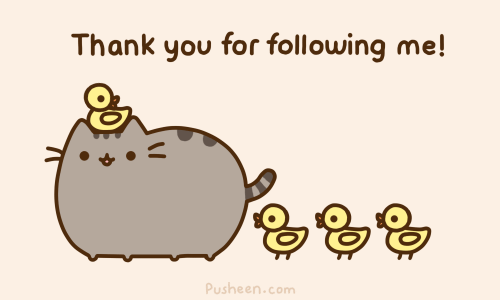The GIF explains so much about how I feel right now. Hahaha. Well we are nearly nearly NEARLY at the end of the book so take a deep breath and calm down. The fifteenth chapter is about
Creating Collaborative Partnerships. This chapter is about the different ways in which companies collaborate using technology, the different categories of collaboration technologies, the fundamental concepts of a knowledge management system, provide an examples of a content management system along with its business purpose, the advantages of using a workflow management system and how groupware can benefit a business. So enjoy people!!
Teams, Partnerships, and Alliances
Organizations create and use teams, partnerships, and alliances to:
- Undertake new initiatives.
- Address both minor and major problems.
- Capitalize on significant opportunities.
Organizations create teams, partnerships, and alliances both internally with employees and externally with other organizations.
Collaboration system supports the work of teams by facilitating the sharing and flow of information.
Organizations form alliances and partnerships with other organizations based on their core competency
Core competency is an organization’s key strength, a business function that it does better than any of its competitors. Core competency strategy is an organization chooses to focus specifically on its core competency and forms partnerships with other organizations to handle nonstrategic business processes.
Information technology can make a business partnership easier to establish and manage Information partnership occurs when two or more organizations cooperate by integrating their IT systems, thereby providing customers with the best of what each can offer. The Internet has dramatically increased the ease and availability for IT-enabled organizational alliances and partnerships.
Collaboration Systems
Collaboration solves specific business tasks such as telecommuting, online meetings, deploying applications, and remote project and sales management. Collaboration system is an IT-based set of tools that supports the work of teams by facilitating the sharing and flow of information.
Two categories of collaboration are:
- Unstructured collaboration (information collaboration) which includes document exchange, shared whiteboards, discussion forums, and e-mail.
- Structured collaboration (process collaboration) involves shared participation in business processes such as workflow in which knowledge is hardcoded as rules.
Collaboration systems include:
- Knowledge management systems
- Content management systems
- Workflow management systems
- Groupware systems
Knowledge Management Systems
Knowledge management (KM) involves capturing, classifying, evaluating, retrieving, and sharing information assets in a way that provides context for effective decisions and actions. Knowledge management system supports the capturing and use of an organization’s “know-how”.
Explicit and Tacit Knowledge
Intellectual and knowledge-based assets fall into two categories:
- Explicit knowledge consists of anything that can be documented, archived, and codified, often with the help of IT.
- Tacit knowledge is the knowledge contained in people’s heads.
The following are two best practices for transferring or recreating tacit knowledge:
- Shadowing is the less experienced staff observe more experienced staff to learn how their more experienced counterparts approach their work.
- Joint problem solving is a novice and expert work together on a project.
Reasons why organizations launch knowledge management programs
KM Technologies
Knowledge management systems include:
- Knowledge repositories (databases)
- Expertise tools
- E-learning applications
- Discussion and chat technologies
- Search and data mining tools
KM and Social Networking
Finding out how information flows through an organization. Social networking analysis (SNA) a process of mapping a group’s contacts (whether personal or professional) to identify who knows whom and who works with whom. SNA provides a clear picture of how employees and divisions work together and can help identify key experts.
Content Management
Content management system (CMS) provides tools to manage the creation, storage, editing, and publication of information in a collaborative environment.
CMS marketplace includes:
- Document management system (DMS)
- Digital asset management system (DAM)
- Web content management system (WCM)
Working Wikis
Wikis is a Web-based tools that make it easy for users to add, remove, and change online content. Business wikis is a collaborative Web pages that allow users to edit documents, share ideas, or monitor the status of a project.
Workflow Management Systems
Work activities can be performed in series or in parallel that involves people and automated computer systems. Workflow defines all the steps or business rules, from beginning to end, required for a business process. Workflow management system facilitates the automation and management of business processes and controls the movement of work through the business process. Messaging-based workflow system sends work assignments through an e-mail system. Database-based workflow system stores documents in a central location and automatically asks the team members to access the document when it is their turn to edit the document.
Groupware Systems
Groupware technologies
Groupware is a software that supports team interaction and dynamics including calendaring, scheduling, and videoconferencing.
Videoconference is a set of interactive telecommunication technologies that allow two or more locations to interact via two-way video and audio transmissions simultaneously.
Web conferencing is a blends audio, video, and document-sharing technologies to create virtual meeting rooms where people “gather” at a password-protected Web site.
Instant Messaging
E-mail is the dominant form of collaboration application, but real-time collaboration tools like instant messaging are creating a new communication dynamic.
Instant messaging is a type of communications service that enables someone to create a kind of private chat room with another individual to communicate in real-time over the Internet.
























































